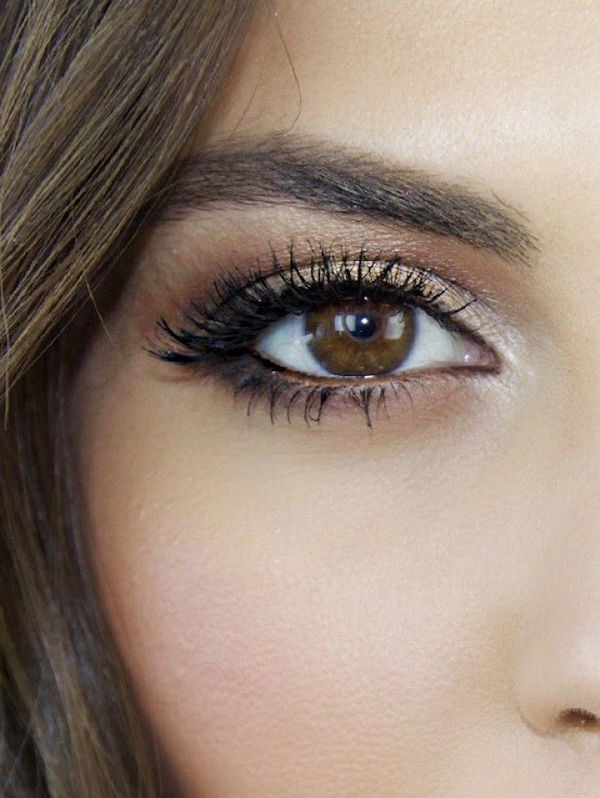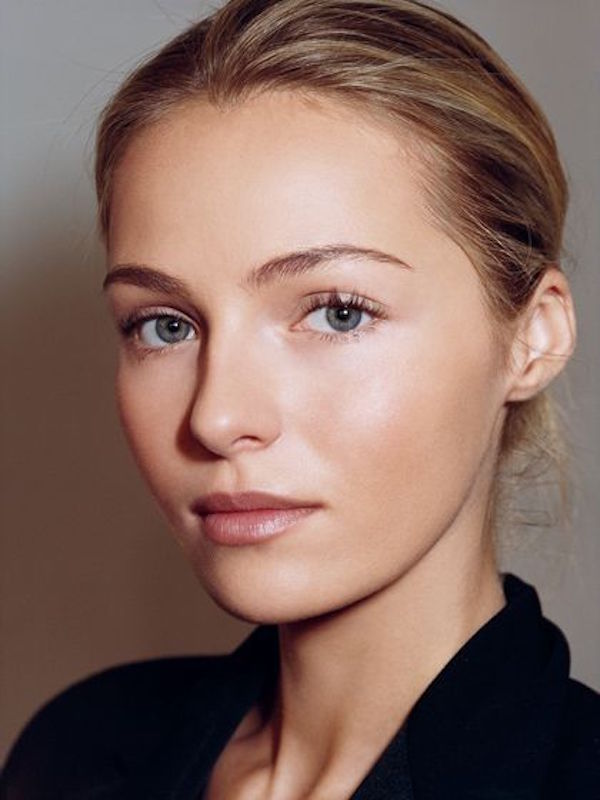Dr. Angela is back today to talk about a very popular topic out there, fillers. To fill or not to fill is the question on deck, so keep on reading!

The topic of pros, cons and risks of lower lid filler has come up in conversation with me several times in the last couple of months. This is an area that is often under-estimated and should be approached thoughtfully.
The lower lid is a complex structure. As was discussed in earlier blogs, the most common issues are “bags” and hollowness. The bags are a result of fat protruding behind a fibrous layer between the lashes and the orbital rim (bone). This can cause a depression or relative depression at the bone. Hollowing can be genetic, from loss of facial fat or from previous surgery. These should be addressed differently.
Filler does not substitute for surgery (if that is needed)
Some people have been told that they can “try out” what lower eyelid surgery for the bags would be like (lower blepharoplasty) with filler or that this would be the less expensive version. This is unfortunately not exactly the case. The filler can temporarily fill the low areas. It cannot take away fullness. So, the bags can be partially camouflaged or softened by smoothing the transition to the cheeks. Depending on the size of the “bags”, you will not want to fill to the same level of the bag, or this will look more full and “puffy”.
That being said, if you do not have bags, but have hollowing, filler can be a good option. The filler can be used to fill the low areas along the orbital bone.

Have an experienced injector
Preparation
The injector should understand and let you know during your consult that the lower eyelid is one of the more complex areas to inject. They should explain that bruising is very common because of the vascularity and thin skin. So, avoid doing this before a big event. I feel it is important to be conservative here, since too much fullness can have the opposite effect than you want.
Filler type
They should discuss the type of filler they are going to use and why. I prefer hyaluronic acid fillers (Restylane, Juvederm) because these can be reversed, if needed. Calcium hydroxyapatite (Radiesse) is very difficult, if not impossible to reverse in some cases, so is not ideal. Poly-L-lactic acid (Sculptra) is great in many areas. However, it should not be used in the tear troughs. Sculptra can cause nodules if injected near the bone or in this area.
Where to inject
Also, they should discuss with you where the filler can go and cannot. Filler is placed deep, along the orbital bone, to avoid visibility of the filler, since the skin is so thin. However, filler should never be injected deep to the fibrous layer (septum) that we disussed above. If this happens, the filler can create “bags” where you did not have them before. It seems that filler may last here for a long time, unfortunately. I have seen filler here during surgery that the patient said they had injected years before. This can be difficult to correct. Depending on exactly how it looks, additional filler can be injected to camouflage the original filler, the original filler can be dissolved, you may need to wait or in some cases, it can be surgically removed.
The bottom line
The bottom line is that you should be aware of all of the risks, benefits, and limitations of lower lid filler. However, the correct type of filler in the appropriate anatomical place can be a great option for a person with hollowing with mild to no bags with an experienced injector.
Visit Dr. Angela’s website HERE.
